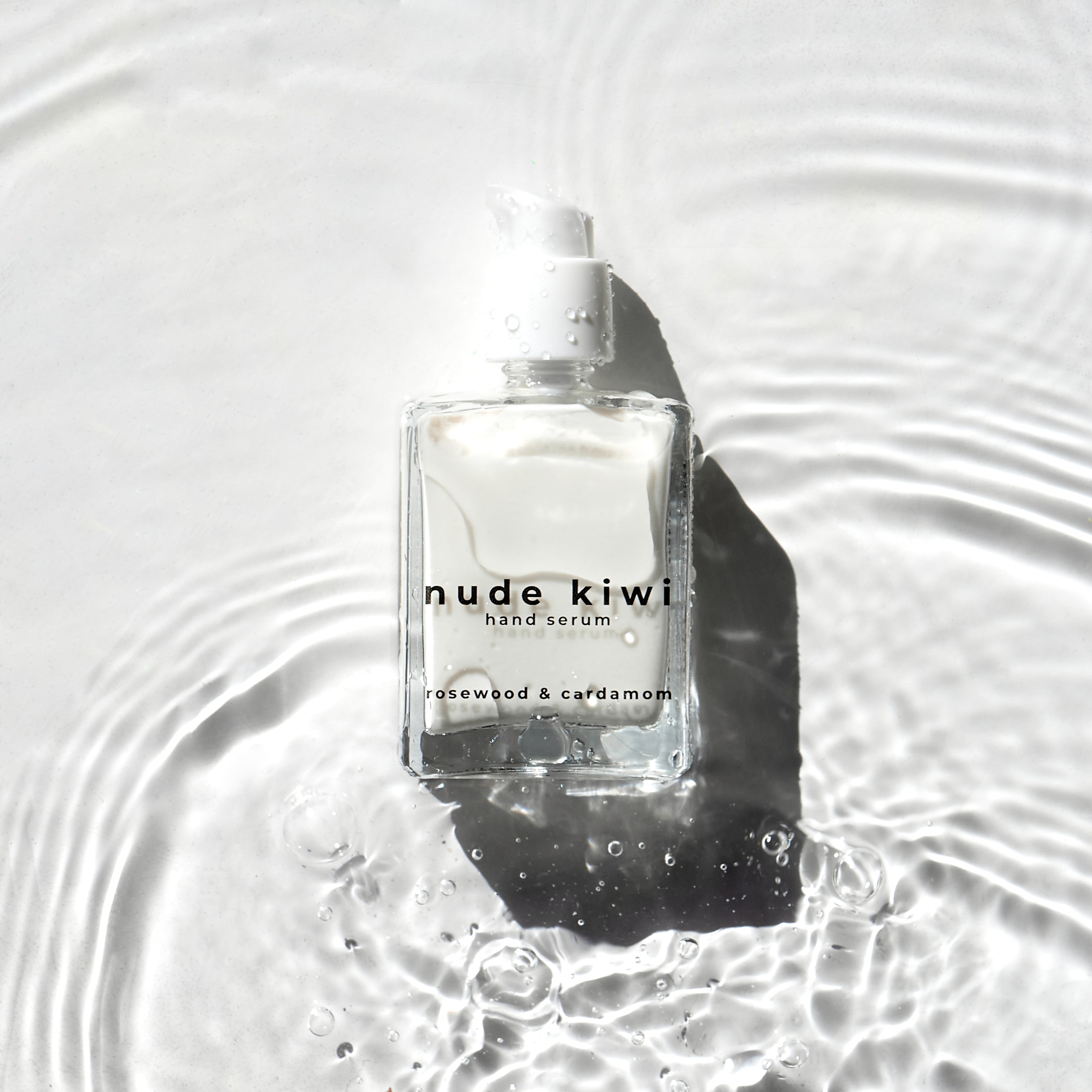
Hormonal Acne: Causes, Symptoms, and Effective Treatments for Women
Hormonal acne is a common concern among adult women, often appearing around the jawline, chin, and cheeks. Unlike the acne we associate with teenage years, this type of acne is deeply rooted in hormonal imbalances and can persist well into adulthood.
While many associate acne with adolescence, a surprising number of women in their 30s, 40s, and even 50s experience breakouts due to shifting hormone levels. Addressing it is more than just a cosmetic concern—it's about restoring confidence and comfort in your own skin.
What Is Hormonal Acne?
Hormonal acne is triggered by fluctuations in your body’s hormone levels, particularly androgens like testosterone. These hormones can increase oil production in your skin, clogging pores and leading to breakouts.
This type of acne typically appears on the lower face—think jawline, chin, and sometimes the neck. It often presents as deep, painful cysts or nodules and tends to flare up cyclically, in line with your menstrual cycle.
Causes of Hormonal Acne
Hormonal acne can be caused by several factors:
- Menstrual Cycle: Hormone levels fluctuate throughout your cycle, especially just before your period, often triggering breakouts.
- Polycystic Ovary Syndrome (PCOS): A condition that causes elevated androgen levels, increasing oil production.
- Menopause: Hormonal shifts during perimenopause and menopause can also contribute.
- Stress: Chronic stress increases cortisol, which may affect other hormones.
- Missed Periods: Disruptions in your menstrual cycle may indicate a hormonal imbalance and correlate with acne flare-ups.
- Diet & Lifestyle: High sugar intake and dairy have been linked to acne in some women.
Hormonal Acne in Women Over 40
Many women are surprised when acne resurfaces in their 40s. Unlike teenage acne, hormonal acne in your 40s is often related to perimenopause and a gradual decline in estrogen levels.
This acne may be more persistent and resistant to over-the-counter treatments. It’s also more likely to involve painful cysts rather than small pimples, and it can be emotionally frustrating after decades of clear skin.
Hormonal Cystic Acne
Cystic acne is one of the most severe forms of acne. These are large, inflamed, and often painful breakouts that lie deep under the skin.
Hormonal cystic acne is particularly difficult to treat and almost always requires more targeted interventions. It’s closely linked to significant hormonal fluctuations and usually requires both topical and internal treatments to manage.
How to Treat Hormonal Acne

- OTC vs. Prescription Treatments: Mild cases may respond to benzoyl peroxide or salicylic acid, while more severe hormonal acne may require prescription treatments.
- Birth Control & Hormone Therapy: Certain birth control pills can help regulate hormones and reduce acne.
- Topical Treatments: Retinoids, azelaic acid, and niacinamide are commonly used for hormonal acne.
- Lifestyle & Diet: Managing stress, getting enough sleep, reducing sugar and dairy intake can play a big role.
If you’re looking for how to get rid of hormonal acne, these steps are a strong foundation. Pair this with gentle routines and informed choices to find the hormonal acne treatment that suits your needs. Knowing how to soothe hormonal acne also involves identifying and managing triggers.
Natural and Holistic Remedies

For those who prefer a natural approach:
- Herbal Supplements: Spearmint tea may lower androgens. Zinc and evening primrose oil are also popular.
- Tailored Skincare: Use non-comedogenic and calming products.
- Mind-Body Practices: Yoga, meditation, and breathing exercises can help manage stress levels.
Recommended Skincare Routine for Hormonal Acne
At Nude Kiwi, we recommend a gentle but effective routine:
-
Step 1: Cleanse
Cleansing Milk – A gentle cream formula to remove impurities without over-drying. -
Step 2: Deep Clean
Collagen Clay Mask – Deep cleans and targets breakouts with natural antibacterial ingredients. Restores pH and soothes inflammation. -
Step 3: Treat
Ultimate Repair Serum – Helps reduce inflammation, strengthen the skin barrier, and visibly improve the appearance of hormonal breakouts over time. -
Step 4: Repair
Brightening Day Cream – Hydrates and brightens while supporting skin barrier repair and evening out skin tone, without clogging pores.
💡 All Nude Kiwi products are made in New Zealand, cruelty-free, and free of harsh chemicals—perfect for those seeking natural hormonal acne treatment.
When to See a Dermatologist
If over-the-counter or natural methods aren’t helping, it’s time to see a dermatologist. Look for:
- Persistent, painful cysts
- Acne that scars
- Irregular periods or signs of hormonal imbalance
Your dermatologist may recommend blood tests or hormone therapy.
FAQ
How do I get rid of my hormonal acne?
Consistent skincare, hormonal regulation, and professional support are key.
How do I know if my acne is hormonal?
Location (chin, jawline), timing (before periods), and severity (deep, cystic) are common signs.
What foods trigger hormonal acne?
Dairy, sugar, and high glycaemic foods can be culprits.
At what age does hormonal acne peak?
It often peaks in the late 20s to mid-40s but can vary depending on hormonal health.
Conclusion
Hormonal acne is frustrating but treatable. Whether through prescription, natural remedies, or a consistent skincare routine, clear skin is possible.
Take the first step by understanding your skin and listening to your body’s signals.
Speak with a skincare professional or dermatologist, and explore solutions that work for your skin type and lifestyle.


